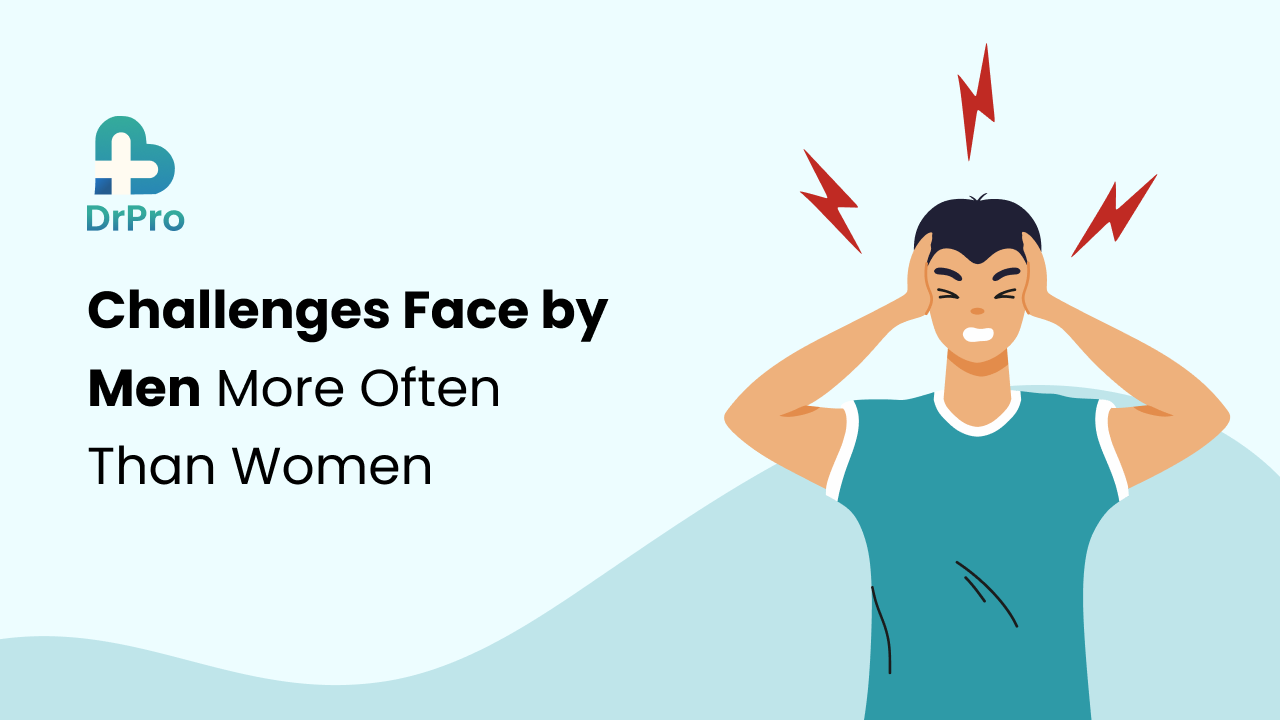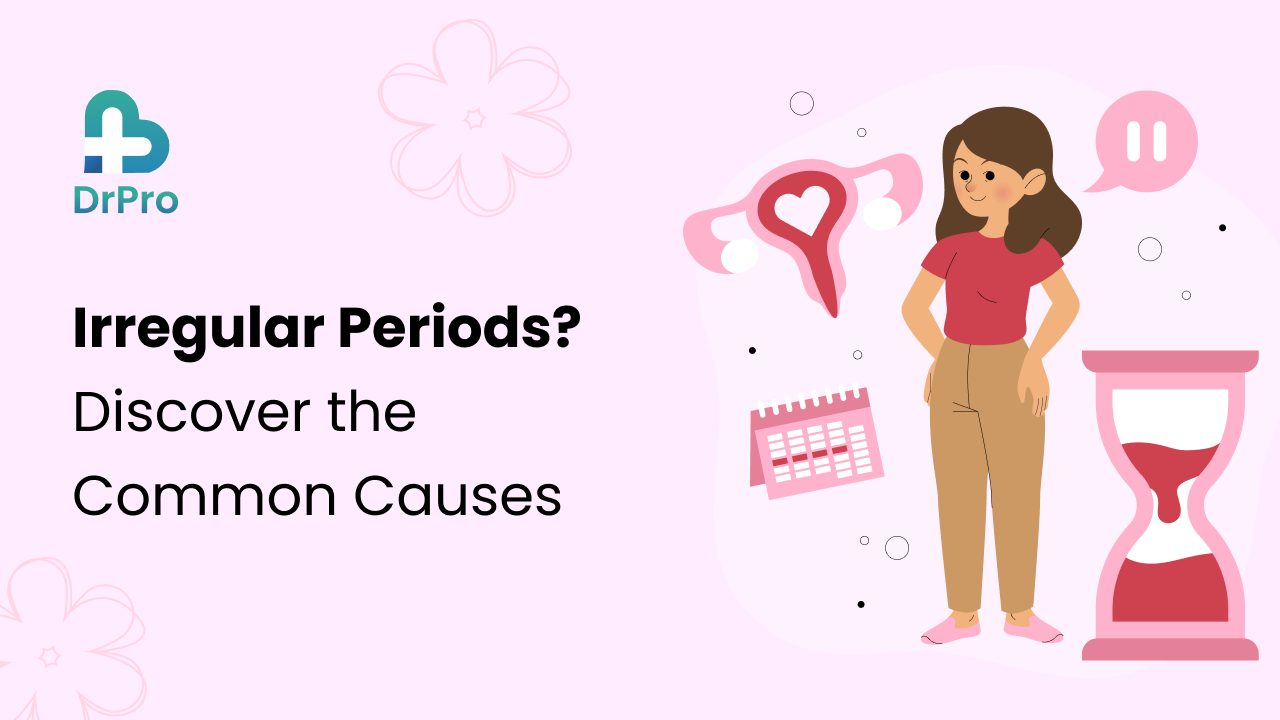Sunstroke, also known as Heatstroke, is a serious and critical condition that occurs when the body overheats. Understanding the causes, symptoms, and precautions for sunstroke with DrPro.
What is Sunstroke?
Sunstroke happens when your body temperature rises to 104°F (40°C) or higher due to overheating. It is a serious form of heat injury and Signals a medical emergency that requires immediate attention.
Symptoms of Sunstroke
- High Body Temperature: A core body temperature of 104°F (40°C) or higher.
- Changed Mental State: Confusion, disturbance, unclear speech, irritability, Attacks, and coma.
- Nausea and Vomiting: Having stomachache or actually vomiting.
- Flushed Skin: Skin may become red as your body temperature increases.
- Rapid Breathing and Heart Rate: Your breathing may become shallow and fast, and your heart rate might increase.
- Headache: A beating headache is a common symptom.
- Lack of Sweating: Despite the heat, your skin may feel dry to the touch.

Preventing Sunstroke
- Stay Hydrated: Drink liquids, especially water, all day. Avoid alcohol and caffeine as they can cause dehydration.
- Wear Appropriate Clothing: Light-colored, loose-fitting, and lightweight clothing helps your body to cool down.
- Use Sunscreen: Apply a wide-ranging sunscreen with an SPF of at least 30 to protect your skin to protect from heavy sunlight.
- Limit Time Outdoors: Avoid outdoor activities during the hottest part of the day.
- Adjust Activity Levels: Reschedule physical activities to cooler times of the day, such as early morning or late evening.

What to Do in Case of Sunstroke
- Monitor Symptoms: Stay with the person and monitor their condition. Look for medical attention immediately if symptoms do not improve or if the person’s condition worsens.
- Move to a Cooler Place: Get the person to an air-conditioned area.
- Cool the Body: Use whatever is available to cool the person down. This can include sink in cool water, applying ice packs to the armpits, neck, and back, or using wet cloths.
By understanding the risks, symptoms, and preventive measures, you can enjoy the sun safely and avoid the dangers of overheating. Remember, staying hydrated, wearing appropriate clothing, and avoiding peak sun hours are key strategies to keep your body cool and healthy.
Stay safe and cool this summer! Visit DrPro Health Blog to learn more.
Note: This article is prepared based on information gathered from medical reports.
Disclaimer: The article is prepared to inform and educate the readers. While DrPro provides valuable insights, please consult your doctor for personalized medical advice regarding the mentioned disease. Your health is our priority.





Leave a Reply